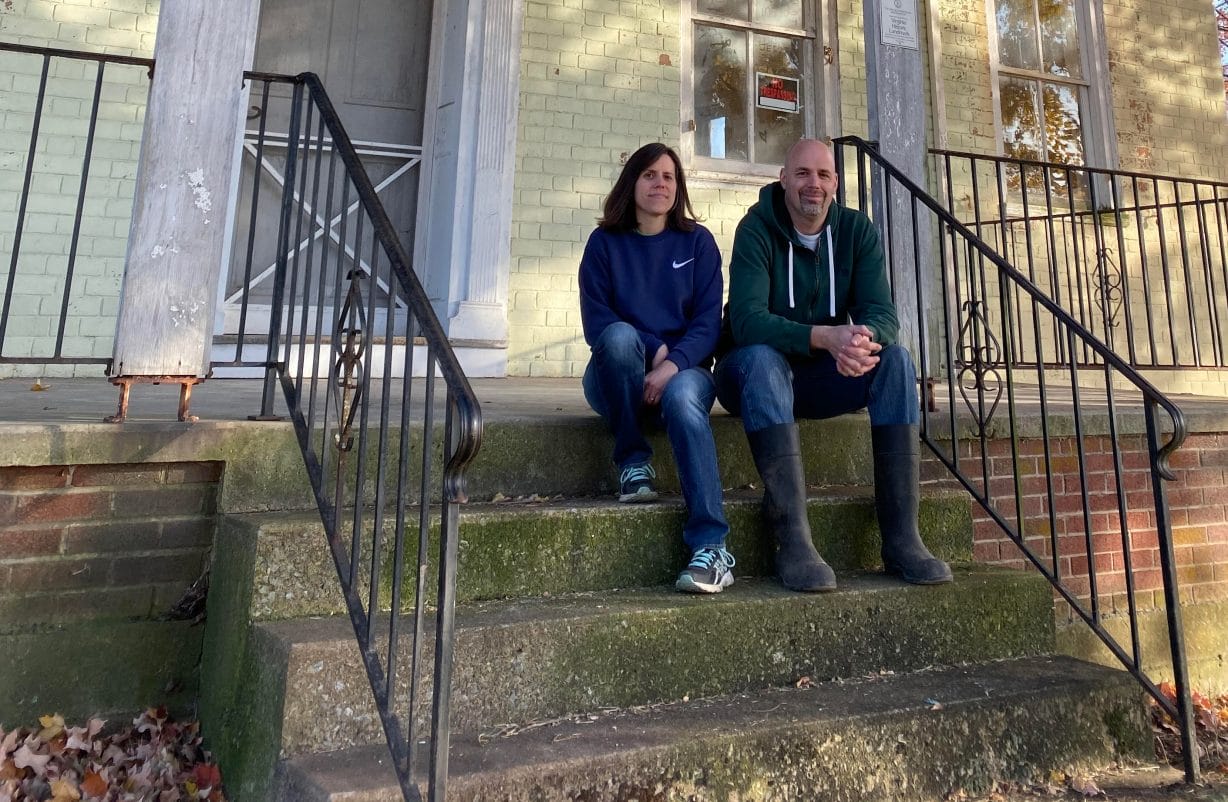
Editor’s note: This is the first in an occasional series about the Lincoln Homestead outside of Harrisonburg.
By Bridget Manley, publisher
If you’ve driven north on Route 42 from Harrisonburg, you might have noticed a large farmhouse with fading yellow paint on the right side of the road in Linville, about halfway between Harrisonburg and Broadway. Or maybe you’ve caught a glimpse of a historical marker in the overgrown brush as well.
From the road, though, it looks like another neglected structure from an antiquated era, teetering on the brink of irrelevance or potentially in the early stages of its way to collapse. But this old house holds the roots of a U.S. president.
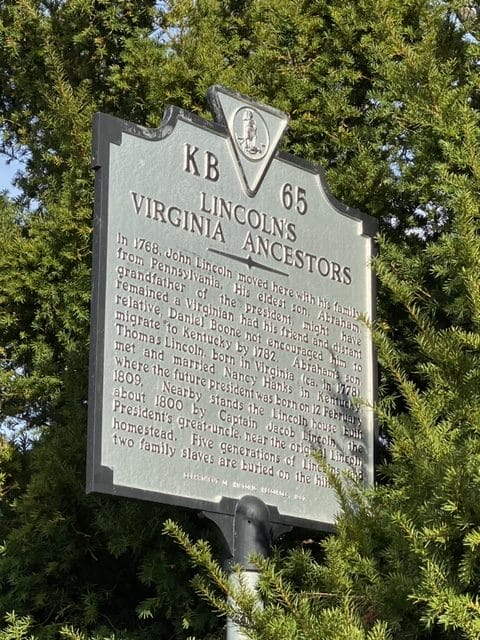
It also represents the complexities of the country’s history with slavery, as it was built by the ancestors of President Abraham Lincoln, whose Emancipation Proclamation aimed to free enslaved people. At the same time, the farm relied on some of those very same slaves to run and maintain it — even while Lincoln was in the White House.
The property is called the Lincoln Homestead, and it was indeed purchased and lived on by the 16th president’s ancestors. Lincoln’s father, Thomas, was born at the homestead before moving west to the famous log cabin of the president’s birth in Kentucky. Later, while Abraham Lincoln was ascending to the presidency, then trying to hold together a country ripped apart in the Civil War, his cousins owned the farm.
There’s a graveyard on the north end of the property, with the name Lincoln on almost every marker. There’s another marker in the graveyard as well — that of two enslaved people who served the Lincoln family.
After decades of vacancy and failed attempts by local groups to purchase the property, a family of five with local ties bought it this fall. They intend to restore the home and the farm and revive the history and stories of all of those living who lived there, including those who were enslaved.
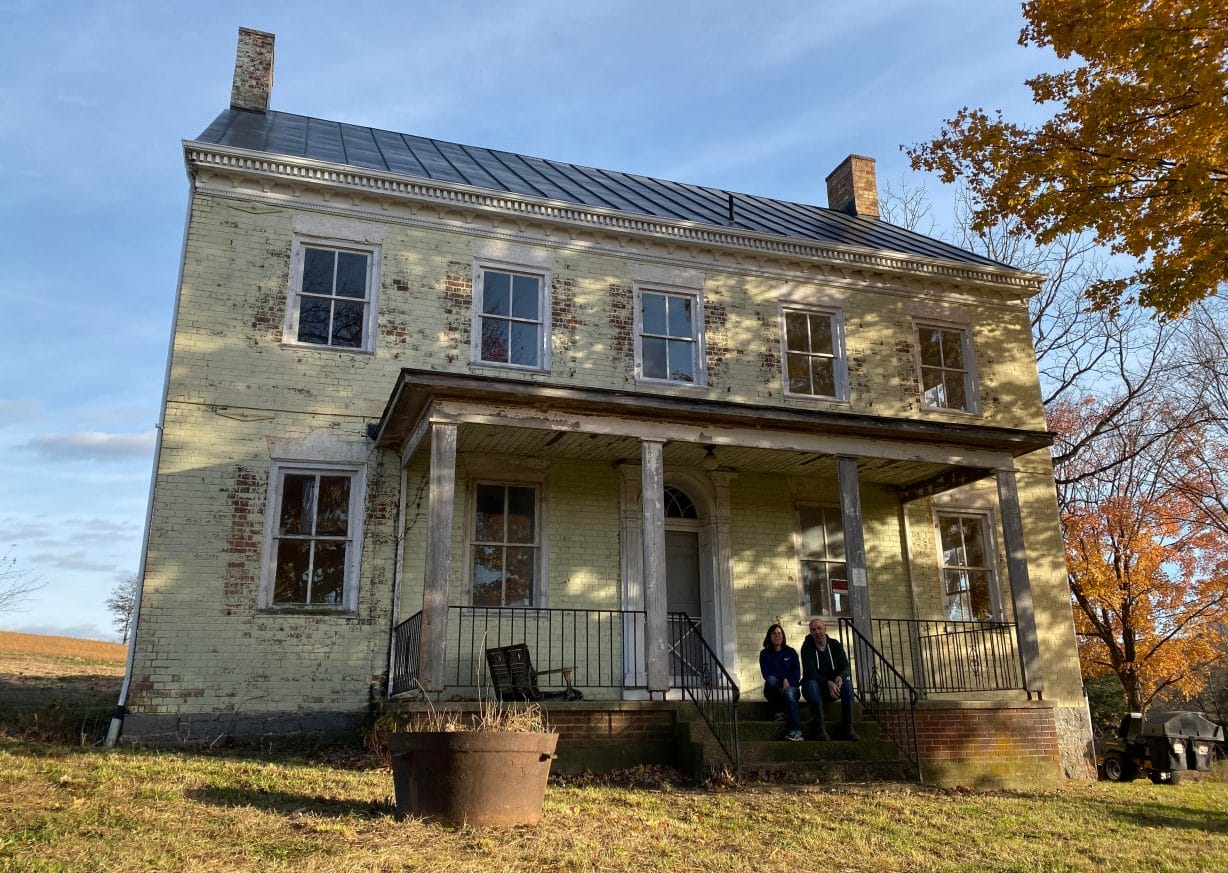
“A Larger Sense of Purpose”
Benjamin and Sarah Bixler, both graduates of Eastern Mennonite University, are finishing their doctorates; Sarah at Princeton Theological Seminary in Philadelphia, and Benjamin at Drew Theological School in Madison, New Jersey. After Eastern Mennonite Seminary hired Sarah in spring 2019 to teach, the couple began looking for a home in the Valley. That’s when they discovered the Lincoln homestead was on the market.
They began to feel as though the home and the history might become part of their life’s work. They purchased the nine-acre property from Lincoln Homestead Farms, LLC, on Nov. 1, and they soon set to work clearing away the brush and diving into the historical records they found.
The home is huge. The front of the home was built around 1800, and the back section was added in the 1840s. The front rooms are grand with big windows, crown molding and hardwood floors. There is a “modern” kitchen with an electric stove, a sink and cabinetry from the mid-20th century.
Through the back is the old cooking hearth. There is an iron arm that swings out, likely where pots could hang over an open flame to cook. The Bixlers say they believe the newer section of the home was built around this hearth, which would have been outside prior to the renovations. It would have been a summer kitchen, presumably where an enslaved person would cook for the family.
The home has fallen into disrepair, and the Bixlers have a lot of work ahead of them, which they acknowledge. But the couple talk about it as a calling.
“There was a sense that there was a bigger meaning living here,” Sarah said. “This was something that was consistent with some of our faith commitments and even our sense of direction from God — that there is important work to do here.”
They consider the history — especially the difficult history — mattering as much as preserving the architectural features of the home. They say it’s a sobering awareness to think about living in a place where people were held against their will.
“There is a legacy of slavery on this property,” Benjamin said. “And so that’s something that we want to wrestle with. What does it mean to be on a property where slaves were held? What does it mean for us to want our place to be a place of hospitality when it has that legacy?”
They don’t plan to restore the home to its former southern glory and fill it with bygone relics, actual or intellectual. Rather, they plan to invite groups — such as students, church congregations and history buffs — into the home for honest conversations about what the people who were enslaved there would have lived through.
“This is a legacy that we don’t teach well in schools,” Benjamin said. “We haven’t confronted [it] as Americans. What does it mean to tell those stories in honest ways again?”
The legacy of those who were not given the decency of an account of life are important to the Bixlers, who are eager to not only wipe away the white paint on the dining room wall that covers the beautiful wood underneath, but the whitewashing of a history of the people who were forced to work there.
“There are historical documents we plan to dig into,” Sarah said. “Just to understand who has been on this land and who has been walking through and working in this house. We know an awful lot about the Lincolns, and we don’t want to discount the importance of their history in this community, but we also want to lift up the stories of those names that have not been recorded in historical records.”
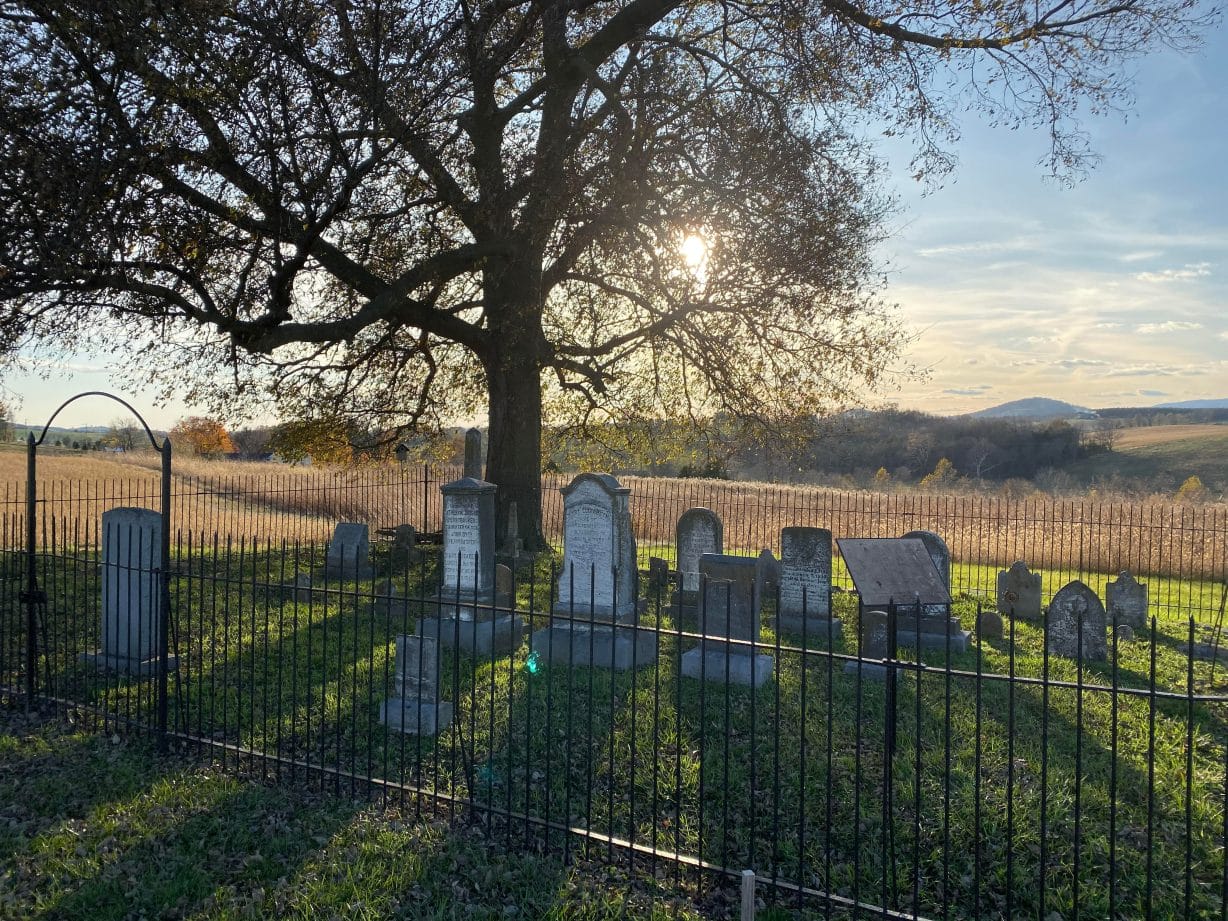
The Lincoln Cemetery
Drive up the road a few hundred feet, and you’ll see a smaller marker with an arrow: “Lincoln Cemetery.” You’ve got to get out of the car and walk up the hill, where you come upon a small cemetery next to a beautiful tree at the top of the hill.
The markers are so worn, there’s another marker with a key to the original markers.
“Col. Abraham Lincoln.” “Dorcass Sarah Lincoln.” “John Lincoln.” There are a few infants and children buried there.
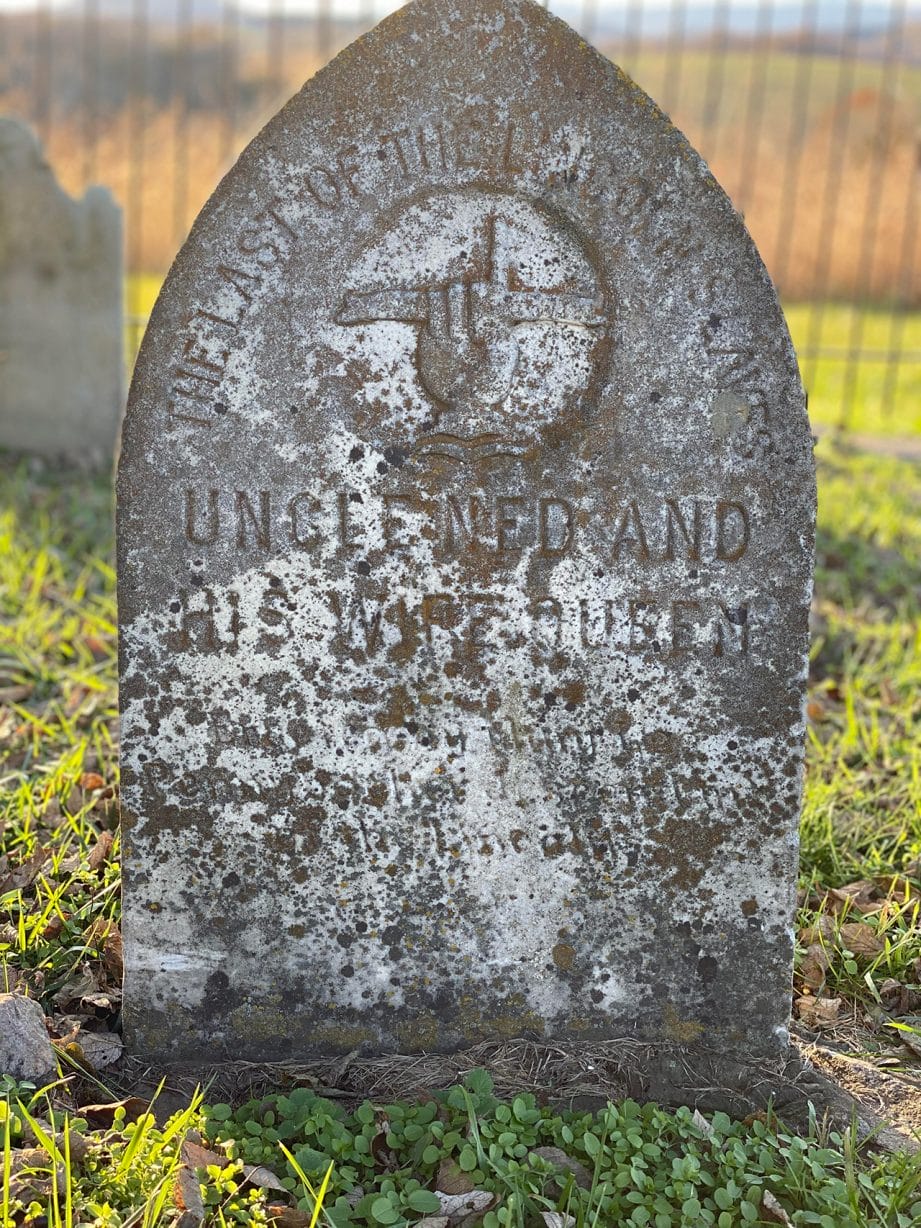
And then this marker: “Uncle Ned and his wife Queen. The Last Of The Lincoln Slaves. Erected By Mary Lee Pennybacker.”
“We do not know that it’s a grave,” said Phillip Stone, president and founder of the Lincoln Society of Virginia. Stone served as president of Bridgewater College for 16 years, and has been a prominent lawyer in Harrisonburg for decades.
Part of Stone’s life work has been recognizing, documenting and teaching others about the Lincoln family in Virginia and the homestead, as well as working to preserve the history for future generations.
Stone said Mary Pennybacker paid for the marker long after the Emancipation Proclamation. Stone said he believes it might be more of a memorial but doesn’t know for sure.
“I think it was more of a tribute to them,” Stone said. “It was not very common for slaves to be buried in the fenced in cemeteries of the masters; part of the racial segregation of the time. They could have been buried just outside.”
Not much is known about Ned, or Queen, or any of the other enslaved people who lived at the homestead.
Over the years, Stone has collected documents and artifacts, including some even left in the home by descendants of the family: a handkerchief embroidered by one of the daughters Col. Abraham; an invoice for the fence that was built around the cemetery; and an invoice for a slave, purchased in Staunton.
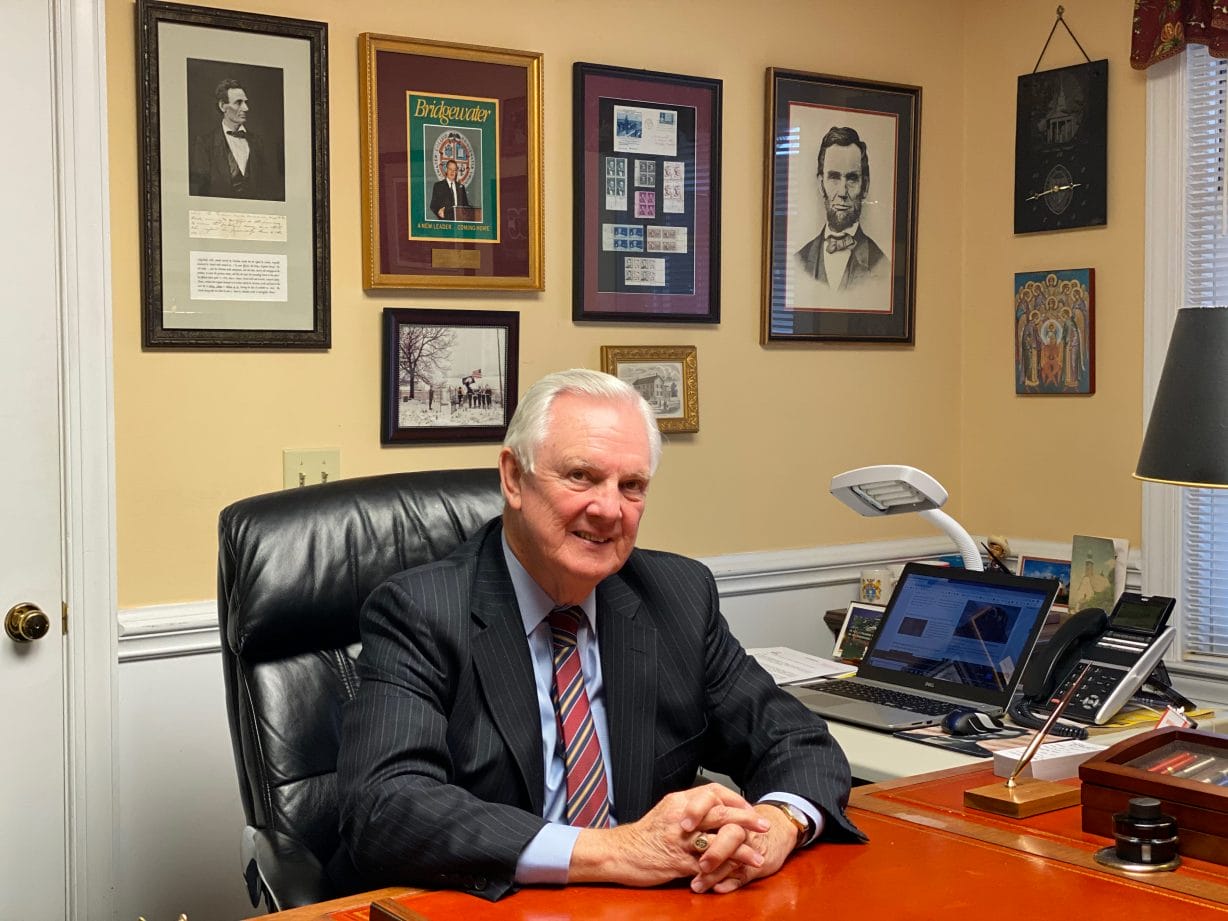
Stone said he believes unlike large plantations in Virginia, the homestead would have only enslaved six to eight people at one time. The Lincolns were slaveowners even as their cousin delivered the Emancipation Proclamation and the Civil War raged on.
Stone says all of the Virginia Lincoln’s stayed with the Confederacy during the war.
“There’s a real paradox, it seems to me, that you’ve got a Lincoln leading the Union while his cousins are fighting for the Confederacy,” Stone said.
The cemetery is where the Lincoln Society of Virginia holds an annual ceremony every year on Feb. 12, Lincoln’s birthday. Stone has already been in communication with the Bixlers about this year’s ceremony, and they said they are excited to participate.
And so as the Bixlers clear away the brush and strip the old paint from the walls, so too do they begin the journey of pulling back the curtains on the stories of the people who were born and lived and died in chattel slavery.
Part 2 of the series will dive deeper into the history of the property and the lives of those enslaved there.
Journalism is changing, and that’s why The Citizen is here. We’re independent. We’re local. We pay our contributors, and the money you give goes directly to the reporting. No overhead. No printing costs. Just facts, stories and context. Thanks for your support.














